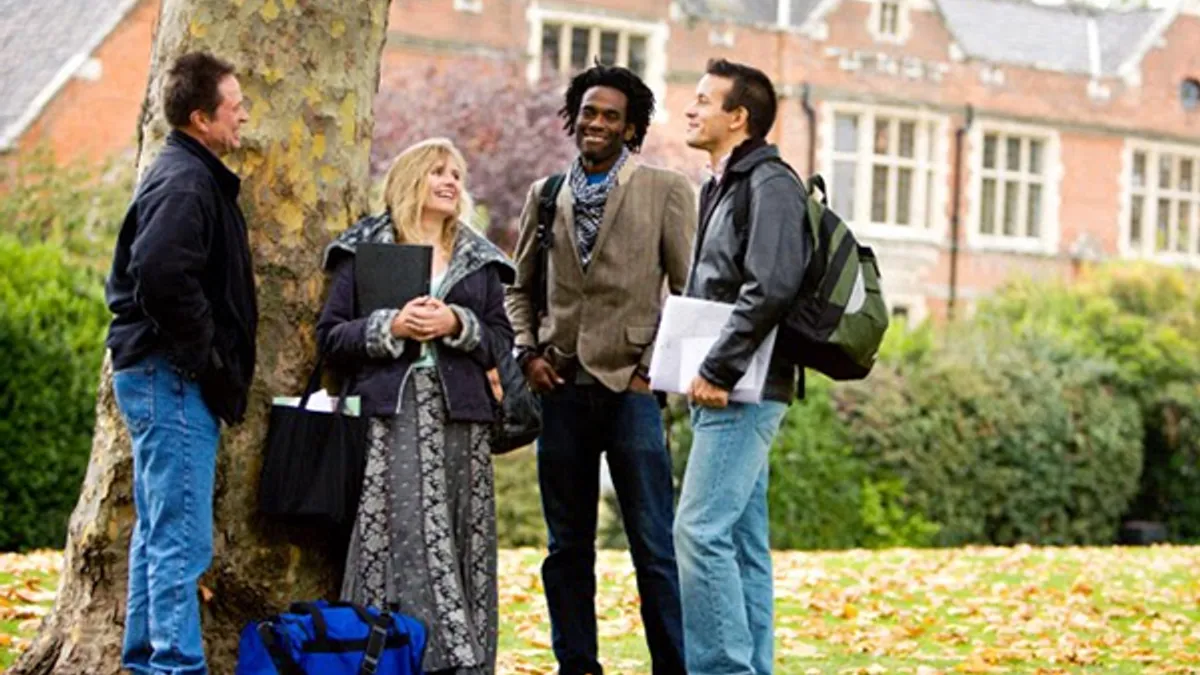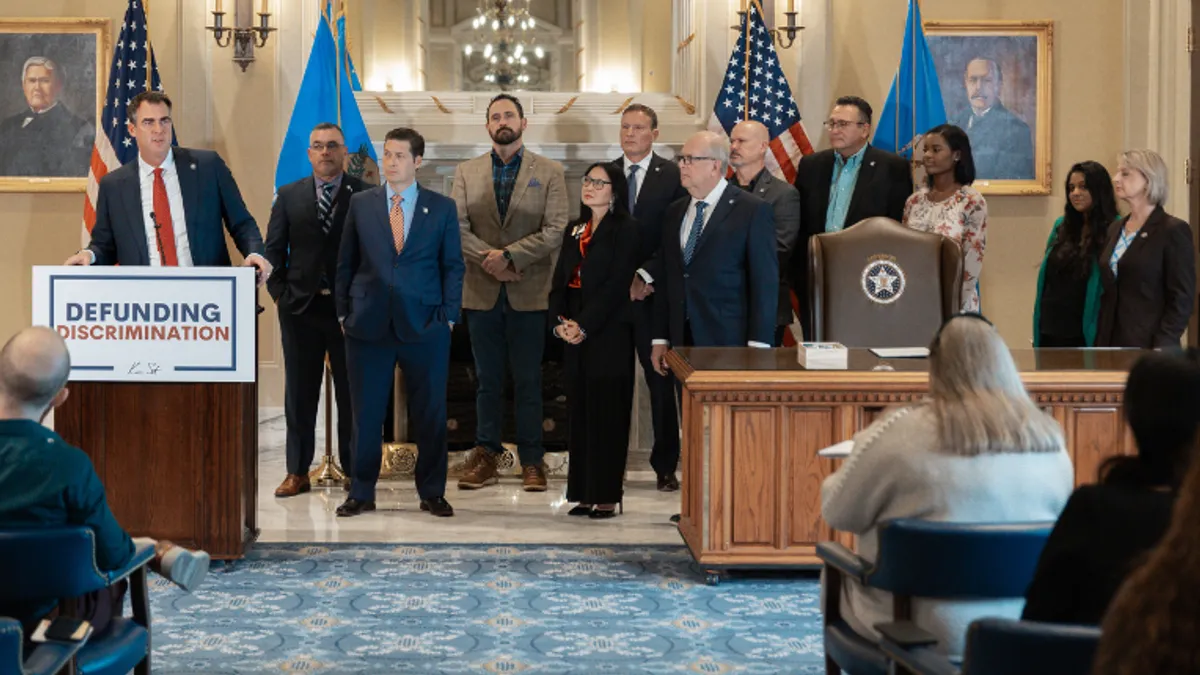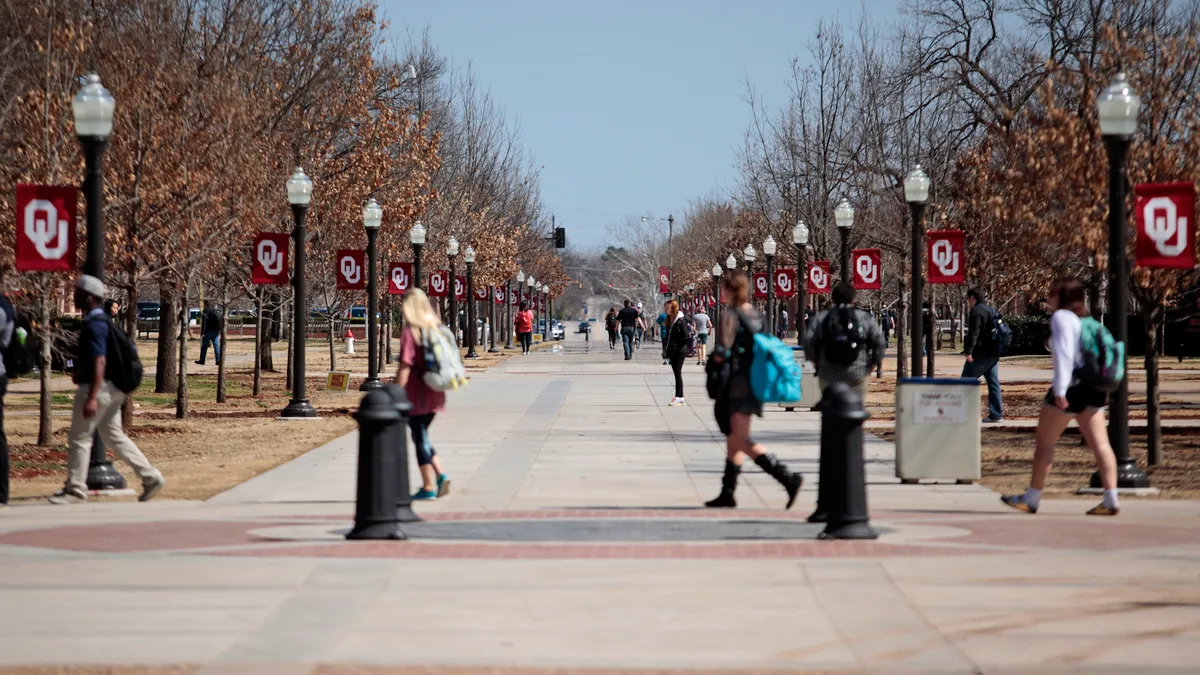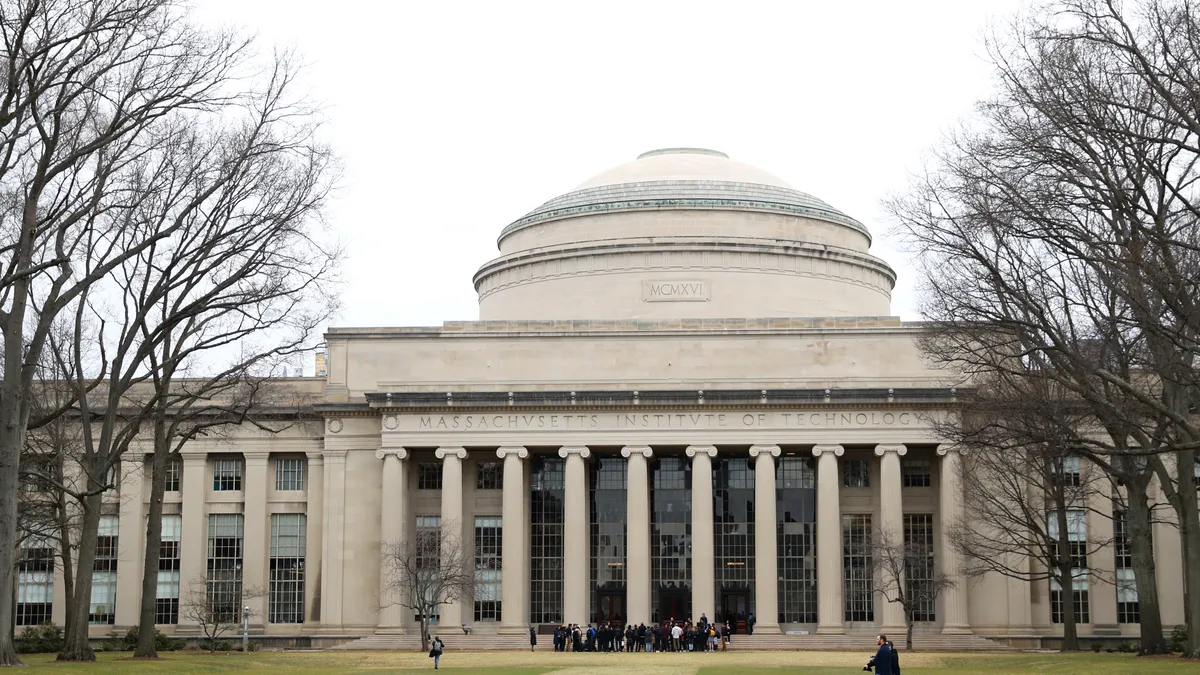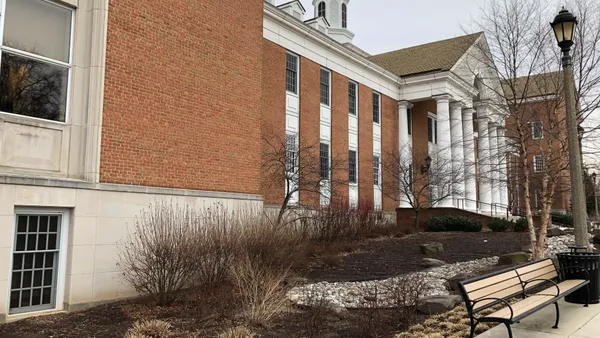The following is a guest post written by Peter Merry, Chief Innovation Officer at Ubiquity University, a new accredited online university that combines learning with social innovation
The United States of America has been divided between the “forgotten” population of Middle America and the "coastal elites." Polarized ideologies have split the nation with a contentious election result, reflecting vastly different cultural perspectives and priorities.
Eighty-five percent of Americans believe the country to be “more deeply divided” than it has been in the recent years, according to a CNN and ORC International poll. And across the Atlantic, as the UK faces the realities of an impending Brexit, the story continues in the same vein, with a referendum decision tipped by just a few percentage points.
Amid this global upheaval, many have pointed to cultural differences and education as contributing factors in forming large divides across societies. Selection in academia starts at a young age, and this segregation leads to challenges in social mobility in later life. But education can be also an enabler, found to improve levels of empathy and trust. What’s more, alternative models, such as Social Emotional Learning (SEL), embrace more inclusive, experimental approaches to strengthen interpersonal relations.
As competing groups lock horns over important issues, and traditional education deepens the divide for new generations, we can look to the lessons from institutions across the world to begin to bridge the gap.
Breaking into the Ivory Tower
The U.S. education system is characterized by segregation. As Democratic Congressman Bobby Scott, reported in the Guardian, "America’s schools are still segregated by race and class. That has to end." Scott quoted the Supreme Court ruling that "separate educational facilities are inherently unequal," and argued racial and socioeconomic isolation is actually getting worse.
Twenty million young people of color attend racially and socioeconomically isolated public schools, as reported by the Government Accountability Office (GAO). And these schools are "under-resourced and over-disciplined," as Scott explained.
As a result, social mobility becomes increasingly difficult, and children are disempowered and have lowered aspirations. For many, their futures are predetermined. And this translates into later life, restricting higher education for the elites. It’s proven that a degree equates to a higher level of employment and remuneration, but for many, the gates of Ivory Tower are locked.
And this constraint is passed from generation to generation. Research from the Organization for Economic Cooperation and Development (OECD) shows that just 5% of U.S. adults aged 25-34, whose parents failed to graduate high school, have a degree. The system is broken, it’s deepening the divide, and means America is missing out on the real benefits of equal education.
Higher education empowers societies
There is a huge incentive for America to level the playing field for students of diverse backgrounds and financial statuses to study at a higher level. This doesn’t just mean helping more people to earn higher wages. In a capitalist society, there will always be someone at the bottom of the ladder and inequality with regard to financial status. However, there are enormous social benefits that come from further education, helping individuals to start understanding one another.
Research into social indicators from Jian Huang, found the level of social trust of college graduates exceeds that of non-college graduates by 7.5%. While there is an element of chicken and egg debate, this theory of education as an influential factor is also supported by Dr. David Halpern, chief executive of the Behavioural Insights team. In an interview with Freakonomics Radio, Halpern explained, "People that go to university end up trusting much more than those who don’t."
Whether this is because they haven’t been disenfranchised or because they have developed new skills is unclear. And while education may well be beneficial on a general level, certainly varying academic structures and teaching methodologies, have different impacts on societies.
In 2015, Halpern published insights on global trust levels, revealing heightened levels of trust in the nordics. Where only 35% of Americans believe others can be trusted, a towering 75% of Norwegians agree with this. Norway, Finland and Germany are all recognized for superior locations for higher education which is accessible, affordable and of a higher quality. These countries are also proponents of advanced, alternative education systems. So, what can the U.S. learn from this?
Lessons in empathy from Scandinavia
It’s not just about providing improved access to traditional higher education, but also embracing alternative pedagogies. In Europe, Denmark’s education system is widely acknowledged for setting the bar for primary level schooling. Children in the country are also required to complete a mandatory national program. The scheme, known as ‘Step by Step’ involves classes where children talk about perceived emotions in pictures, helping them to develop improved levels of empathy.
Meanwhile, in Sweden educators are encouraging children outside of the traditional classroom.
The Kunskapsskolan (knowledge schools), which are independent schools in Sweden, additionally incorporate flexible, personalized learning models, tailored to each child.
In Finland, officials seek to remove subjects like physics, math, literature from the curriculum, claiming traditional models are “old-fashioned.” Instead they want to offer more relevant classroom study, exploring events and phenomena, such as wars, examined from various perspectives of history, geography or math, for example.
Many schools across the U.S. are also making efforts to include a more social, experimental approach to teaching. The concept of the one-room schoolhouse has emerged, in organizations like Strange where children learn together in one room, with older and younger ages together, helping one another. And in St Gabriel’s Catholic School in Austin, a focus on social emotional learning (SEL) has led to classes in building character and classes in empathy during the election run-up.
As rival groups in the U.S. fail to understand or trust one another, international schools that reject segregation and embrace experimentation offer a solution. Education is too often seen as divisive, and traditional academia is lagging behind modern innovation and the growing demand of an interconnected world. Increasingly, this means conflict with some individuals offered different opportunities through their background. The result of this is that social mobility is barred, and opponents become locked.
But, if you look to international successes, we can see there is a lot happening. Educators across the globe are focused on improving social inclusion, building citizenship and intercultural learning. And the U.S. could most definitely take a page out of this book, helping the country to catch up with societal demands and start building bridges.


